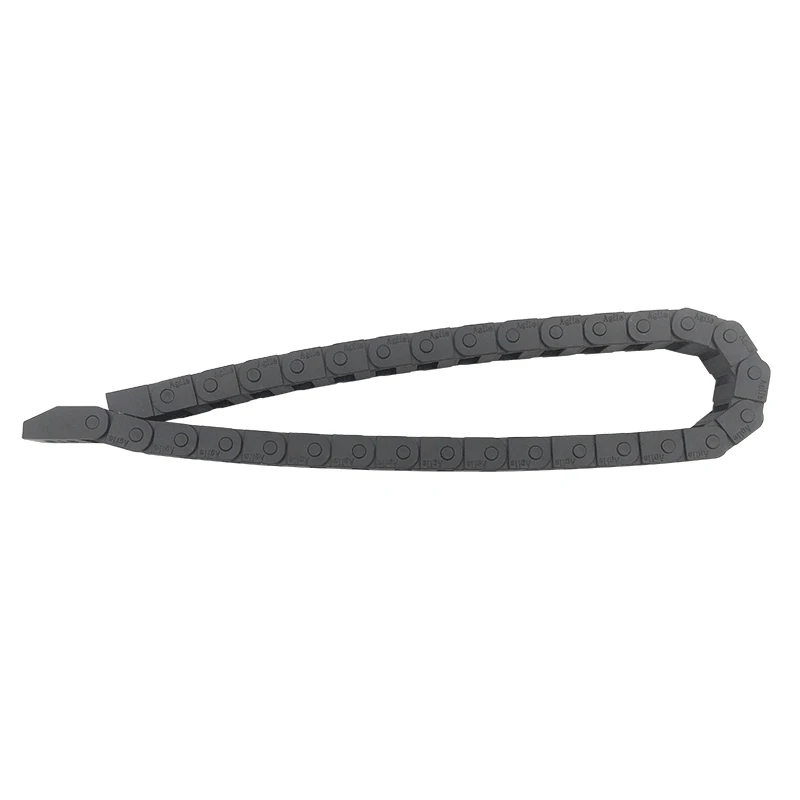Understanding the Basics of Synchronous Belt Drive Systems and Their Applications
The Synchronous Belt Drive A Mechanistic Marvel
The synchronous belt drive, a crucial component in various mechanical systems, plays a significant role in the transmission of power and motion among diverse machinery. Characterized by its unique design, the synchronous belt drive uses a toothed belt and pulleys to ensure that the rotation of one pulley directly influences the rotation of another. This method of power transmission is both efficient and reliable, making it a popular choice in industrial applications, automotive engineering, and robotics.
Construction and Working Principle
At its core, the synchronous belt drive consists of three primary components the toothed belt, the driving pulley, and the driven pulley. The toothed belt is crafted from high-strength materials such as polyurethane or neoprene, embedded with fiberglass or steel cords to enhance its load-bearing capacity. The teeth on the belt interlock with the grooves on the pulleys, ensuring that there is no slippage during operation. This feature distinguishes synchronous drives from traditional V-belt drives, where slippage can lead to inefficiencies and wear.
The operation of a synchronous belt drive is based on the principle of positive engagement. As the driving pulley rotates, its teeth engage with the belt, causing the belt to move in a fixed path. This motion, in turn, rotates the driven pulley at a predetermined ratio, allowing for precise control of speed and torque. This characteristic makes synchronous belt drives ideal for applications requiring accurate timing and synchronization, such as in conveyor systems, CNC machines, and printing presses.
Advantages of Synchronous Belt Drives
One of the most significant advantages of synchronous belt drives is their efficiency
. With minimal power loss due to slippage, these systems can transmit power up to 98% efficiency. This high efficiency not only reduces energy consumption but also lessens the heat generated during operation, leading to lower maintenance costs.synchronous belt drive

Additionally, synchronous belt drives operate quietly, which is an essential factor in environments where noise reduction is crucial. Their design also minimizes vibration, contributing to the overall stability of machinery. Furthermore, with proper alignment and tensioning, synchronous belts can have a long operational lifespan, resulting in fewer replacements and reduced downtime for maintenance.
Another notable benefit is their adaptability. Synchronous belt drives can be configured in various arrangements, including parallel, crossed, and even multi-stage systems. This versatility makes them suitable for a wide range of applications across different industries, from automotive and aerospace to food processing and material handling.
Considerations and Limitations
Despite their many advantages, synchronous belt drives are not without limitations. One key consideration is the need for precise alignment during installation. Any misalignment can lead to uneven wear, reduced efficiency, and premature failure of the belt. Additionally, while synchronous belts excel in dry environments, their performance may be compromised in applications involving extreme temperatures or exposure to oil and chemicals unless specialized materials are used.
Moreover, while the initial cost of synchronous belt systems may be higher than that of traditional belt drives, their long-term benefits often outweigh these upfront expenses. Careful analysis of the specific application and environment can help in making an informed decision regarding the use of synchronous belt drives.
Conclusion
In summary, the synchronous belt drive is a remarkable advancement in power transmission technology. With its ability to deliver high efficiency, low noise, and precise control, it has become an indispensable tool in modern engineering. Whether in industrial machinery, automotive applications, or robotics, the synchronous belt drive exemplifies how innovation can enhance performance and reliability in mechanical systems. As technology progresses, we can expect to see even wider applications and improvements in synchronous belt drive design, further solidifying its place in the machinery of the future.








